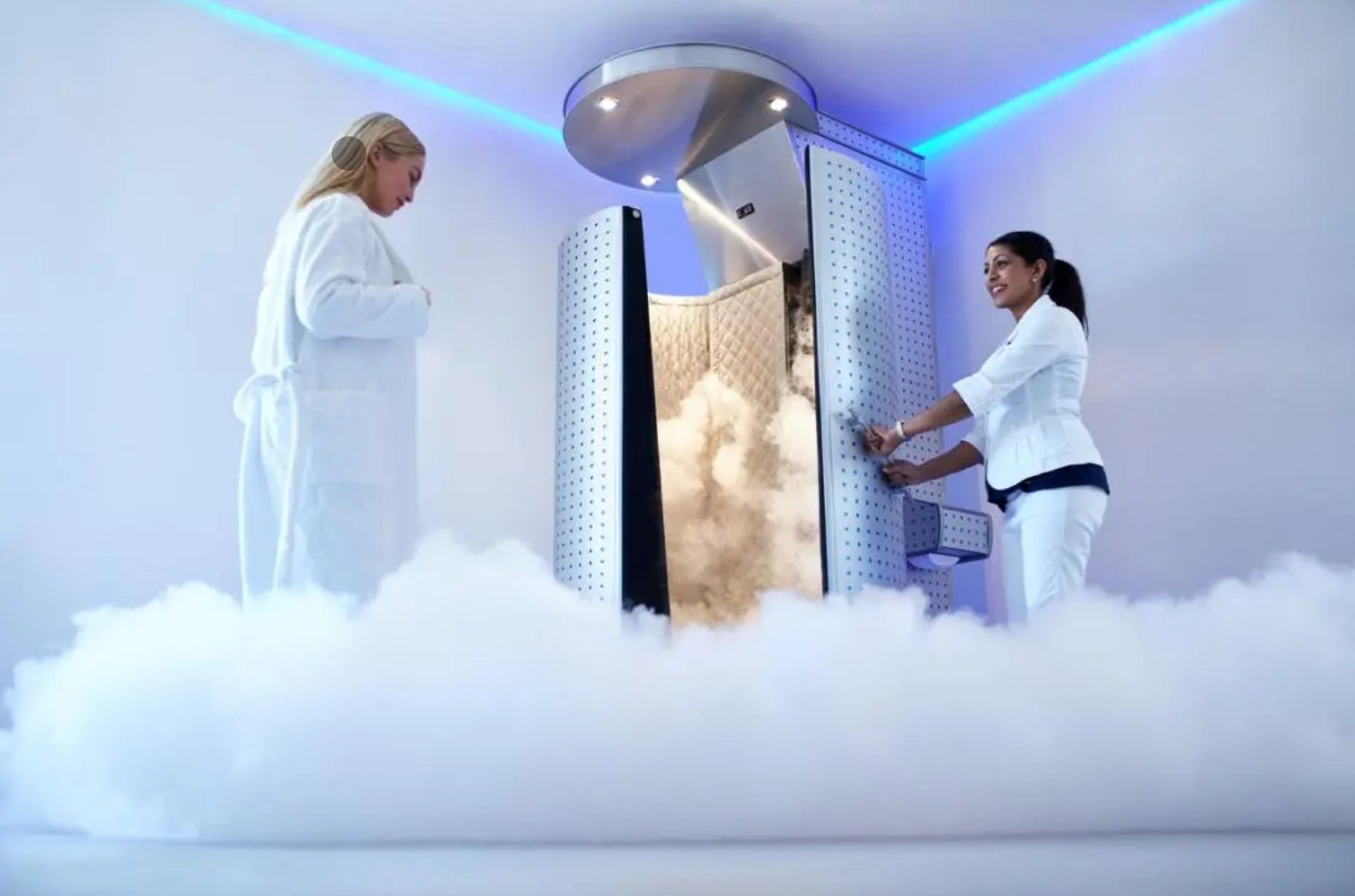Cryotherapy, Red Light Exposure, Cold Plunge, and Acupuncture For Anxiety
Anxiety is a pervasive mental health condition that affects millions of people globally. While traditional treatments like medication and psychotherapy are often effective, many individuals seek additional or alternative therapies to manage their symptoms. These alternative modalities can provide complementary benefits and sometimes even offer unique advantages that conventional treatments may not. In this extensive blog post, we will delve into four alternative therapies—cryotherapy, red light exposure, cold plunge, and acupuncture—that have shown promise in alleviating anxiety.
Anxiety manifests in various forms, including generalized anxiety disorder (GAD), social anxiety disorder, panic disorder, and others. Common symptoms include excessive worrying, restlessness, fatigue, difficulty concentrating, irritability, muscle tension, and sleep disturbances. Chronic anxiety can lead to more severe health issues like cardiovascular diseases, weakened immune function, and gastrointestinal problems. Therefore, exploring all possible treatment options, including alternative therapies, is crucial for comprehensive anxiety management.
Anxiety and Cryotherapy
Cryotherapy involves exposing the body to extremely cold temperatures for short periods, typically using a cryotherapy chamber. The therapy lasts between two to four minutes and can reach temperatures as low as -200 to -300 degrees Fahrenheit.
How Cryotherapy Helps with Anxiety:
Cryotherapy can reduce inflammation throughout the body. Since chronic inflammation is linked to increased anxiety, reducing it can help alleviate anxiety symptoms.
The extreme cold triggers the release of endorphins, which are natural mood elevators. This can lead to an immediate improvement in mood and a reduction in anxiety.
Cryotherapy can help improve sleep quality by regulating the body's circadian rhythm and reducing muscle tension. Better sleep is directly linked to reduced anxiety.
The cold exposure stimulates the vagus nerve, which helps regulate the parasympathetic nervous system. This can promote a state of calm and reduce anxiety levels.
Always consult with a healthcare provider before starting cryotherapy, especially if you have underlying health conditions.
Begin with shorter sessions to see how your body responds to the treatment.
Ensure you go to a reputable cryotherapy center with trained professionals.
Red Light Exposure:
Red light therapy involves exposing the skin to low levels of red or near-infrared light. This non-invasive therapy is typically administered using specialized lamps or laser devices.
How Red Light Exposure Helps with Anxiety:
Red light therapy enhances mitochondrial function, which increases cellular energy production. This can improve overall brain function and mood.
Similar to cryotherapy, red light exposure reduces inflammation, which can help mitigate anxiety symptoms.
Red light therapy can increase the production of serotonin, a neurotransmitter that regulates mood and anxiety.
By regulating the production of melatonin, red light exposure can improve sleep patterns, which is crucial for managing anxiety.
There are many red light therapy devices available for home use. Ensure you choose one from a reputable manufacturer.
Regular sessions (several times a week) are typically necessary to see benefits.
Seek guidance from a healthcare provider to determine the appropriate duration and intensity for your needs.
Cold Plunge:
A cold plunge, also known as cold water immersion, involves immersing the body in cold water (typically between 50-59 degrees Fahrenheit) for several minutes. This can be done in a specialized cold plunge tub or a natural body of cold water.
How Cold Plunge Helps with Anxiety
Cold water immersion can lower cortisol levels, reducing stress and anxiety.
Similar to cryotherapy, the cold exposure triggers endorphin release, which can improve mood and reduce anxiety.
The cold stimulates blood flow, which can enhance overall physical and mental well-being.
Cold plunges can stimulate the vagus nerve, promoting a state of relaxation and reducing anxiety.
Always ensure the cold water immersion is done safely. Avoid staying in the water for too long to prevent hypothermia.
Start with shorter durations and gradually increase as your body adapts.
Combining cold plunges with controlled breathing techniques can enhance the calming effects.
Acupuncture:
Acupuncture is a traditional Chinese medicine practice that involves inserting thin needles into specific points on the body to balance the body’s energy, or Qi. It is used to treat a variety of physical and mental health conditions.
How Acupuncture Helps with Anxiety:
Acupuncture can influence the production and regulation of neurotransmitters such as serotonin and dopamine, which play key roles in mood regulation.
The therapy can lower levels of stress hormones like cortisol, reducing overall stress and anxiety.
Acupuncture enhances blood flow, which can improve brain function and mood.
Traditional Chinese medicine believes that acupuncture balances the body’s energy, promoting a state of calm and reducing anxiety.
Practical Tips for Trying Acupuncture - Anxiety
Ensure your acupuncturist is licensed and has good reviews or recommendations.
Communicate your anxiety symptoms and concerns with your acupuncturist so they can tailor the treatment to your needs.
Regular sessions are often necessary to see significant improvements.
Exploring alternative therapies can provide additional avenues for managing anxiety. Cryotherapy, red light exposure, cold plunge, and acupuncture each offer unique benefits that can complement traditional treatments. Whether through reducing inflammation, enhancing neurotransmitter production, or improving sleep quality, these therapies can play a significant role in alleviating anxiety symptoms.
If you’re considering alternative therapies, it’s important to consult with a healthcare provider to ensure they are safe and appropriate for your specific needs. By integrating these therapies into your overall treatment plan, you can take proactive steps towards better managing anxiety and improving your quality of life.
Remember, managing anxiety is a journey, and finding the right combination of treatments can make a significant difference. Embrace the possibilities, stay open to new experiences, and prioritize your mental well-being.


